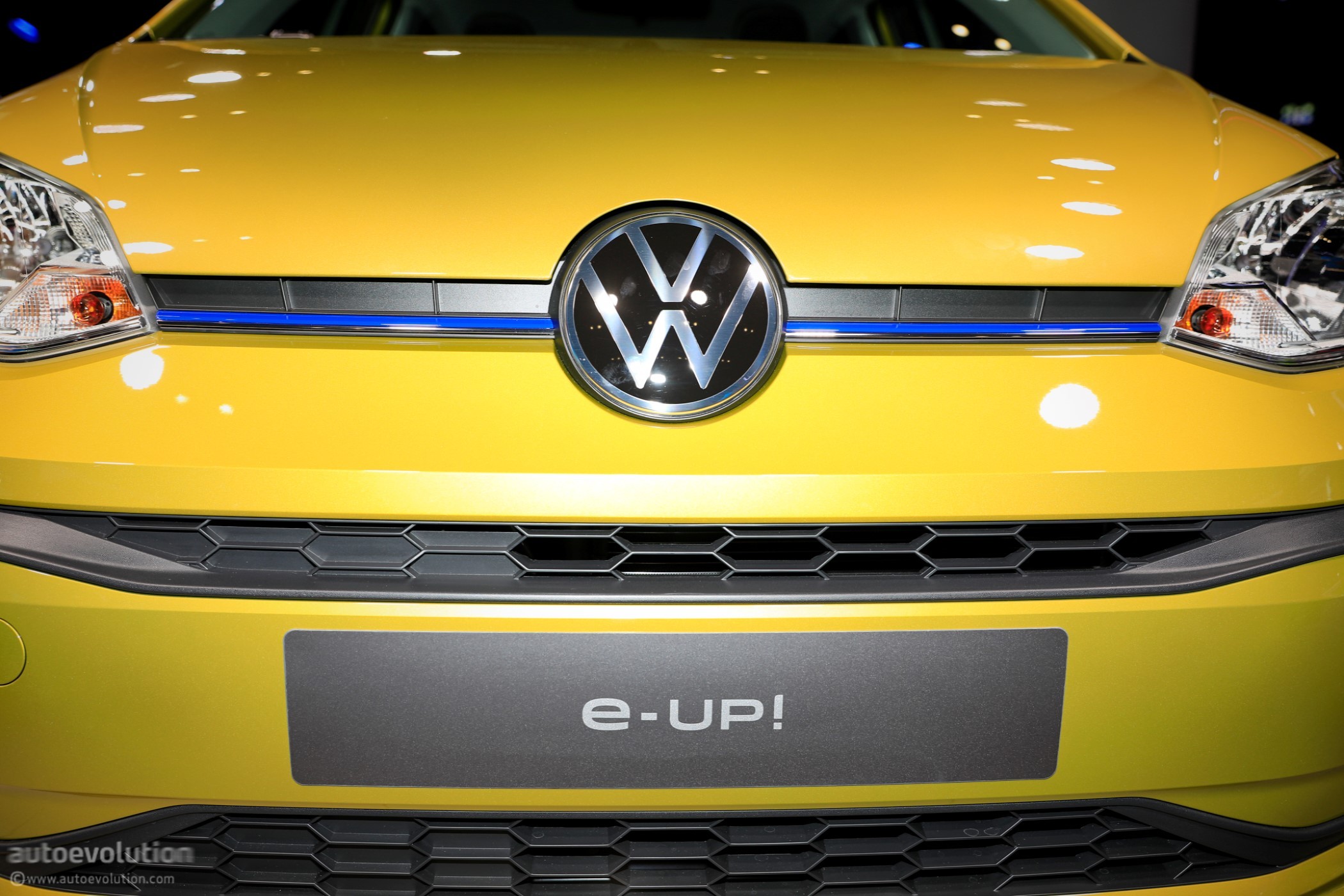Quote:
Originally Posted by JulianEdgar

That information does not tell us what the cooling drag proportion of total Cd is for the listed cars. So basically itís irrelevant - unless you are suggesting that the change in Cd between the ICE and BEV models is due solely to the change in cooling drag (which it isnít). The Cruise / Volt comparison is particularly ridiculous - the two cars have completely different shapes.
Again, just sewing the seeds of confusion.
|
Hi, Julian
It is interesting to compare the vw Up and the e-Up.
First is thermal model, cd 0.32, the second is electric model, Cd 0.308
Vw use exactly the same body for this economical car. They don't add aerodynamic devices. They could have add underbody panel between front and rear wheels, but they don't.
In the electric model they put the battery cells under the front and rear seats. They
close the center tunnel that is used for wires and electronic (bms...)
They also
permanently partially close the front grill. It is an economical car so they don't add front mobile shutter.
The parts closed are on this picture:

So the difference between this two Cd values are only dues to cooling differences. For the thermal model mainly for the engine and exhaust pipe, for the electric model motor and electronic.
At the "opposite", MB is launching their EBS electric car. Cd goes down to 0.20. It is optimise only for electric, no thermal model.
It is much much more expensive, so they have add a mobile front shutter.
And they said:
Quote:
|
The purpose design with smooth underbody and mostly closed radiator shutter as well as the favourable basic shape were a good starting point for the flow optimisation
|